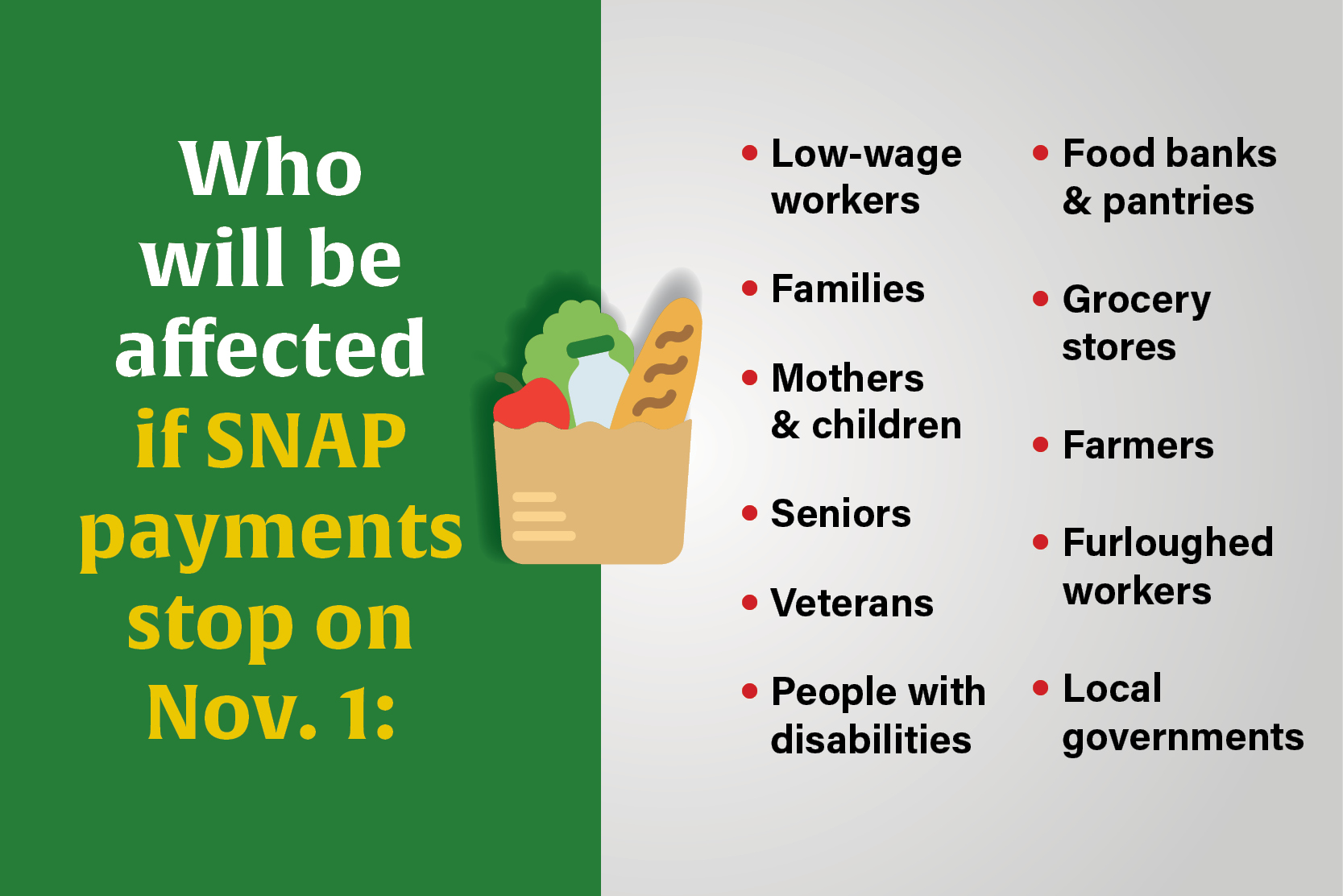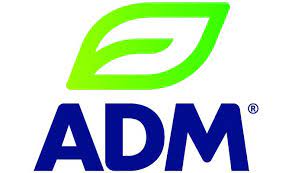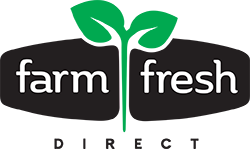With the government shutdown, some 42 million food-insecure people in the U.S. will not receive their Supplemental Nutrition Assistance Program, or SNAP, benefits on Nov. 1. While this impacts millions of households across the country, its economic impact is far greater, affecting everyone across the entire food supply chain, says Eric Mitchell, president of Washington, D.C.-based The Alliance to End Hunger.
To learn more about how the pause to SNAP benefits could impact everyone from farmers to retailers to consumers, The Packer spoke with Mitchell on Oct. 30.
Just in the last 24 hours, the impact of pausing SNAP benefits has prompted New York to declare a state of emergency, a federal judge to say she’ll likely order the Trump administration to send SNAP funds to states, and Colorado lawmakers approved $10 in food assistance. This is a complex situation with many moving parts. What are you seeing with boots on the ground in D.C.?
Mitchell: As a coalition, we’re working collectively with all our members in different ways to engage. We have some of our members outside our food bank partners who are tuning up — getting ready for what they believe could be a surge of customers and people coming to their food banks and pantries and making sure that they have enough on the shelves.
We have corporate partners who have stepped up, some like DoorDash, for example, who is waiving fees for SNAP recipients to be able to have groceries delivered. Our advocacy organization partners are sending out blasts to congressional leaders who are in support of some of the congressional legislation that’s out there right now to help keep SNAP funded.
Our role has really just been educating the public on what’s happening in real time but also keeping our foot on the gas and making sure that constituents and folks who are impacted by this program and by these policy changes understand what this means.
These changes don’t just impact the beneficiary, they also impact the larger community as a whole. The impact is around $8 [billion] to $9 billion in economic loss to the food economy — that’s hitting retailers, farmers, producers, the truck drivers, the manufacturers — everyone is impacted by this policy change.
We’ve been beating the drum and saying, as both sides negotiate — and hopefully start to negotiate the end of the shutdown — to not put our most vulnerable neighbors in the crosshairs of this political game.
I just read that Walmart stands to lose $2 billion from the halt to SNAP benefits. What are you hearing from retailers?
SNAP benefits — our nutrition benefits altogether — are an economic engine for the United States. There’s always been policy conversations around SNAP and improving access to the program, but the reality is, when you start drawing back from these programs, it starts to hit the pockets of everyone. Some of our retail partners are saying they’re worried that when people don’t have the benefits, they won’t be able to come to their stores and buy what’s on their shelves.
There was already some level of economic concern with the policy changes of the bill that passed this summer — the “One Big, Beautiful Bill” — but when the administration decides to full stop providing benefits this month, then it really starts to have a significant impact. And quite frankly, states and the community aren’t prepared for it. That’s why states are scrambling to figure out how to close those gaps.
Is there any scenario in which you think the SNAP benefits could go out for November?
The only scenario I see is if the administration, the president, changes his mind and the USDA changes their mind right now. The legislation that’s floating in Congress right now has to be voted out of both chambers and get signed into law. The House hasn’t been in session since Sept. 30 and both Sen. [John] Thune and Speaker [Mike] Johnson indicated that they’re not interested in in passing these one-off solutions to problems. So, the only way this changes is the administration reverses its decision.
You may recall the administration said prior to last week that they would, in fact, use the contingency funds to support SNAP benefits. And then on Friday, they changed course. Now they’re saying that they want to use it for emergency purposes. We just want the administration to go back to the original promise of making sure that our most vulnerable families aren’t having to decide whether or not they’re going to pay their rent or buy food this month.
What are you seeing on a regional or state basis as people rally to solve the problems associated with SNAP benefits on pause?
It’s case by case. New York, as you said, has declared a state of emergency. I live in Maryland, where they’re looking at how to close the funding gaps at least temporarily. Virginia has indicated that they’re going to use some surplus funds to close certain gaps, but even then, everyone agreed that this isn’t a permanent fix. They don’t even know these fixes will last through the month of November. On top of that, there are foundations, philanthropic organizations, food banks, corporations — all trying to figure out how they can help as well.
Different sectors are stepping up to the plate, which, to me, is also a sign that this isn’t a Republican issue. This isn’t a Democratic issue. SNAP is not a Republican program. SNAP is not a Democratic program. SNAP is a community program. And when you pull it away, the community comes together, but the community can only do but so much.
For every meal that’s provided at a food bank, SNAP helps to provide nine meals to that one meal. So, the federal government has a huge footprint in this, as they should, and so from that standpoint, there is no one-stop solution. State and local resources are thin and limited, and with the other economic pressures that we’re seeing, this is one more add-on that many folks are unprepared to deal with.
What can you tell us about the 42 million people in this country receiving SNAP benefits?
About 80% of SNAP households either have a senior, a child or a person with disabilities who are receiving those benefits. When I say, “the most vulnerable,” I really am talking about the most vulnerable.
Sometimes people try to paint a picture of someone receiving SNAP benefits who‘s able to work but not working. But the reality is, most of the people who are receiving benefits are working, and those who aren‘t either fall into those categories of either being a child, a senior or a person with disabilities or a person who has to take care of that child, that senior or the person with disabilities.
If Trump picked up the phone and called you to talk about SNAP, what would you tell him?
You mean, after I get up off the floor?
I would say, sir, SNAP is not a Republican program. SNAP is not a Democratic program. SNAP is a United States of America program. It helps to make sure that families are fed. It helps to make sure that the people who voted for you are fed.
Tell the Democrats and Republicans to come to the table, lock the door and don’t let them until they come out with a solution to open the government. In the meantime, tell Secretary [Brooke] Rollins to allow SNAP benefits to flow on Saturday while the shutdown is negotiated.
Your next read: SNAP Cuts Could Leave Millions Hungry, States Scramble to Fill the Gap
Organizations Decry USDA Ending Household Food Security Reports



















